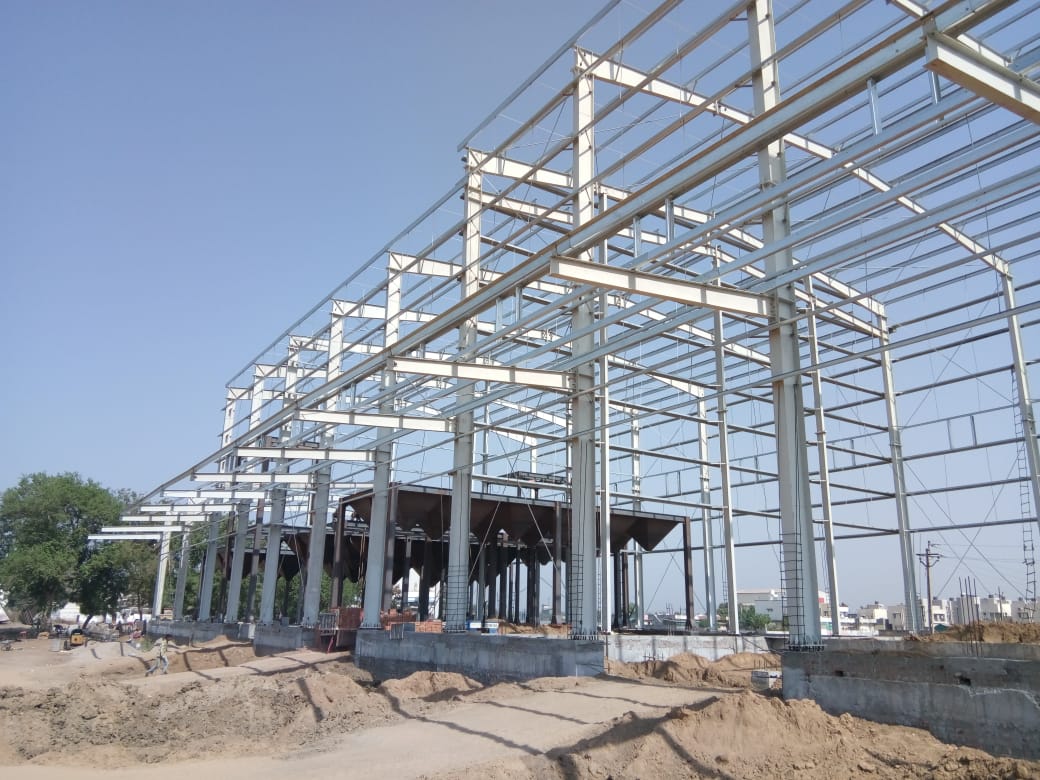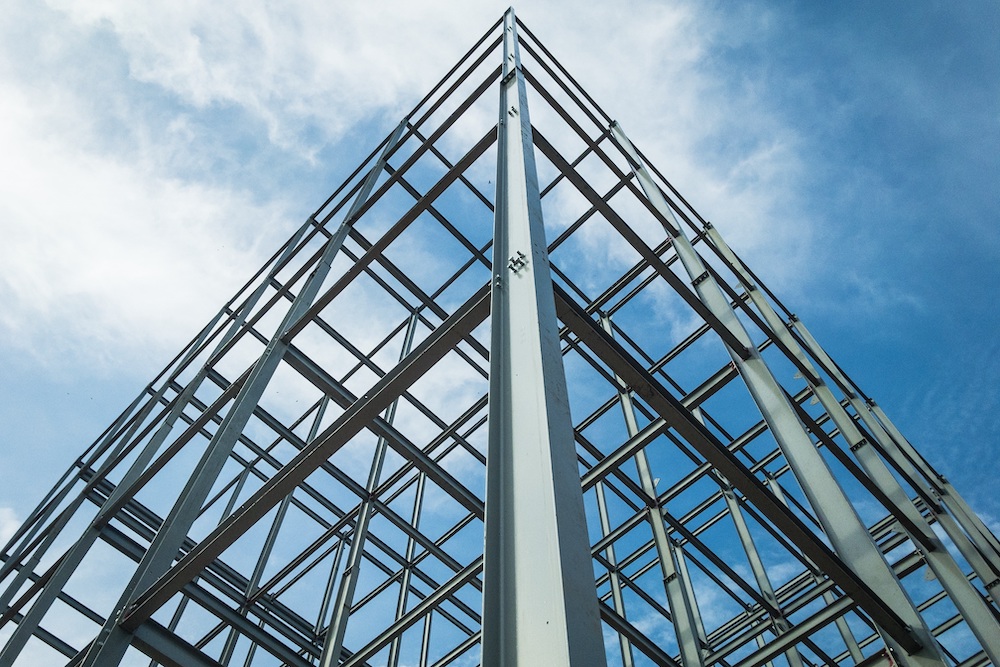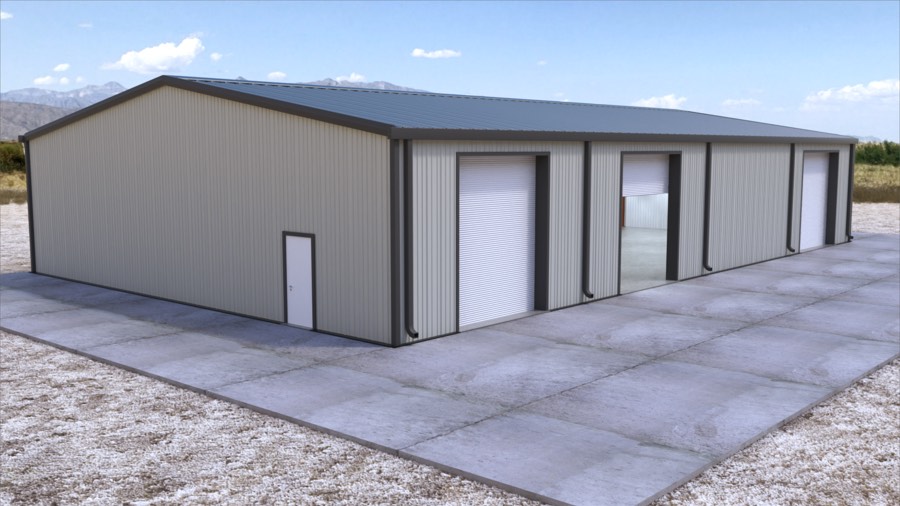Expert Overview to Steel Structure Layout: Making The Most Of Performance and Longevity
Steel, with its phenomenal toughness, sturdiness, and convenience, has arised as a preferred option for contemporary building design. From maximizing layout factors to consider to executing affordable building techniques, the trip towards making best use of performance and durability in steel building style is a diverse one, offering a mix of functional challenges and imaginative options that push the market onward. steel buildings.
Benefits of Steel Buildings
Steel structures provide unrivaled resilience and cost-effectiveness contrasted to conventional construction products. The strength of steel gives outstanding architectural stability, making it a preferred selection for buildings that need to hold up against severe climate problems or hefty tons. Steel is highly immune to insects, mold and mildew, and fire, making sure a longer life expectancy with very little maintenance needs. Furthermore, steel is a lasting material, as it is fully recyclable and can be repurposed at the end of its valuable life.
In terms of cost-effectiveness, steel structures are usually much more inexpensive than frameworks made from various other products. The reliable building and construction process of steel buildings can lead to minimized labor prices and much shorter task timelines. Steel's resilience also translates to reduce maintenance costs gradually, as there is much less demand for fixings or replacements compared to traditional structure materials.
Design Considerations for Performance
Provided the benefits of steel structures in regards to sturdiness and cost-effectiveness, it is important to concentrate on design factors to consider that make the most of performance and durability. When making a steel structure for optimum performance, factors such as the format, orientation, and insulation have to be carefully considered. Efficient formats can lessen product waste during construction and enhance the capability of the building. In addition, choosing the right orientation can aid make the most of natural light direct exposure, lowering the requirement for man-made lighting and lowering power costs.

Additionally, integrating energy-efficient systems, such as heating and cooling, lighting, and renewable resource sources, can even more enhance the efficiency of steel buildings. By incorporating these layout factors to consider, steel structures can achieve optimum effectiveness and durability, supplying economical and sustainable remedies for different construction tasks.
Structural Integrity and Long Life

Normal upkeep, consisting of examinations for indications of wear or damage, is additionally critical for identifying and resolving concerns before they compromise the building's stability. By focusing on architectural integrity in the style stage and throughout the structure's life-span, owners can ensure their steel structures stay secure, efficient, and long lasting for years to come.
Cost-Effective Construction Techniques
Effective building and construction approaches play a pivotal function in handling expenses without jeopardizing the high quality and stability of steel building projects. Additionally, pre-engineered steel structures are recognized for their durability and call for marginal maintenance, resulting in long-term price financial savings.
One more cost-effective approach is the design-build approach, where the layout and building and construction phases are integrated. This approach fosters cooperation between the style and construction groups, enhancing the process and minimizing hold-ups and expense overruns (steel buildings). By involving all stakeholders initially, potential concerns can be determined and resolved early, conserving both time and money
In addition, embracing sustainable building and construction practices, such as utilizing recycled steel and incorporating energy-efficient attributes, can these details result in substantial cost financial savings in the long run. These techniques not only lower building waste like it yet likewise reduced operational prices via enhanced energy performance. To conclude, carrying out affordable building and construction approaches is crucial for optimizing efficiency and making sure the durability of steel structure jobs.
Maintenance Tips for Long Life
Correct maintenance techniques are vital for making sure the longevity and structural honesty of steel buildings. Regular evaluations are important to recognize any kind of indicators of deterioration, damages, or use that can endanger the building's sturdiness. As part of a thorough upkeep strategy, it is necessary to without delay attend to any kind of concerns that occur to stop them from intensifying and causing a lot more comprehensive damage.

One more vital upkeep suggestion is to evaluate the structure's welds, connections, and bolts to ensure they are protected and in excellent condition. Any loosened or damaged components need to be repaired or changed quickly to preserve the structural stability of the building. By carrying out a proactive upkeep routine, steel structure proprietors can make best use of the durability and performance of their structures.
Conclusion
To conclude, steel buildings provide countless benefits such as long life, cost-effectiveness, and efficiency. By meticulously thinking about layout elements, making certain architectural honesty, and making use of economical building approaches, steel structures can be enhanced for optimal effectiveness and long life. Normal upkeep is likewise vital to ensuring the longevity of a steel structure. Overall, steel buildings are a sturdy and reputable option for different construction jobs.
From optimizing layout factors to consider to applying affordable construction strategies, the journey in the direction of making the most of performance and longevity in steel structure design is a complex one, offering a mix of practical difficulties and creative options that push the industry onward.
Given the benefits of steel structures in terms of toughness and cost-effectiveness, it is essential to concentrate on design considerations that make the most of performance and longevity. When creating a steel structure for optimal effectiveness, variables such as the orientation, layout, and insulation must be very carefully taken into consideration. In conclusion, executing cost-efficient construction techniques is crucial for making best use of efficiency and guaranteeing the durability of steel structure jobs.
By meticulously Home Page considering design aspects, guaranteeing structural stability, and using economical building and construction approaches, steel structures can be maximized for optimal effectiveness and durability.